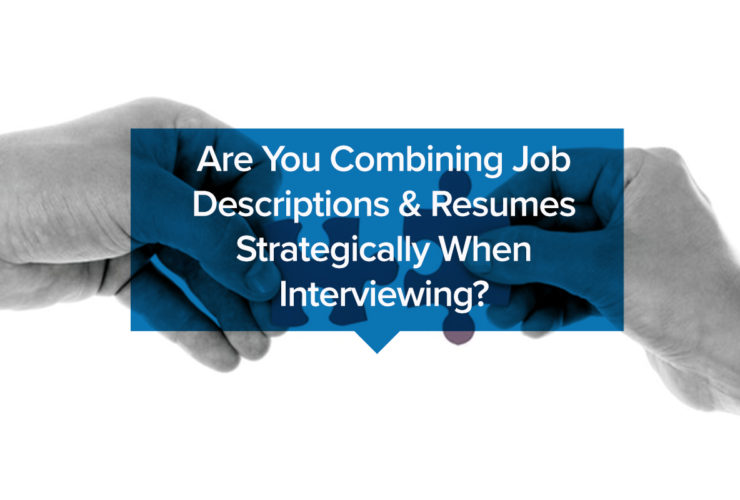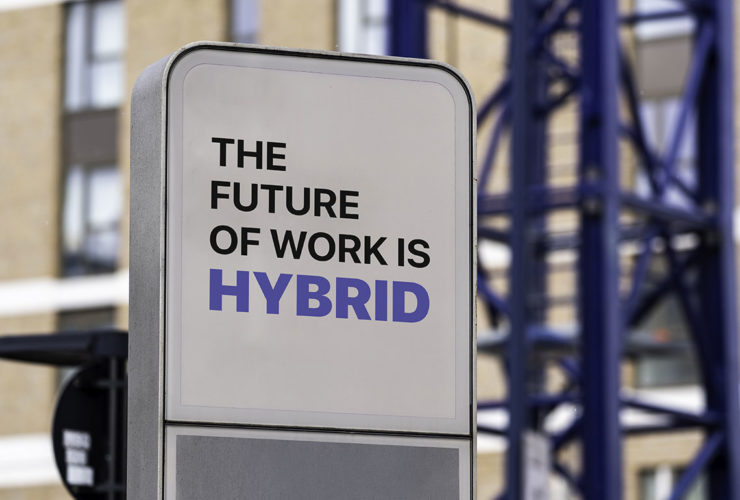We’ve known for years that some of the most common interview questions — such as everyone’s favorite whipping boy of “Where do you see yourself in five years?” or “What are your key strengths and weaknesses?”– aren’t actually tied to eventual performance in the role. Data’s been backing this up. And yet, many recruiters still rely on questions like that. Some take the easy way out by asking the candidate to “Walk me through your resume.”
Thankfully, this is changing with time and more information about both what makes a successful candidate (one who gets the offer) and a successful employee (one who over-performs in the role).
There is one area that many talent acquisition professionals we speak with need more coaching on, though: the next question.
Question stems
Many conversations about a specific skill set will start with something like this:
“Have you worked with Ruby?”
That is a perfectly good question to begin with. Likely that information is on their resume/LinkedIn so you could rephrase as, “I see that you’ve worked with Ruby in two roles,” but that’s semantic.
What’s important is how the question stems out to other questions.
“Have you worked with Ruby?” needs to then become:
“Tell me about your most challenging Ruby project in the last six months.”
Show recency with the language and require them to contextualize a challenge and how they overcame it.
That question should yield other questions, such as:
- What was the most important lesson you learned from this challenge?
- When did that lesson pay off the most for you?
- Who do you suggest we contact to confirm the payoff? What’s the best way to contact that person?
- I love that approach in a gaming environment, but could you tell me about using Ruby in another context?
- What have you read or studied to learn more about Ruby?
These questions can apply to anything — databases, Java, CSS, personalization tech, automation, etc. Ruby is just an example here.
The ultimate goal of a good interview
… is to remove the ability to offer polished or fabricated responses, thus allowing you to see how a candidate actually thinks, what they’ve done, and how they respond to new situations. You also get to see how they learn and grow within their field. After analyzing our question stems, it can be said that “raw mental horsepower” is the single biggest predictor of eventual role success. Interviews need to be designed in a way to access the candidate’s raw mental horsepower, not allow them to coast on auto-pilot answers. (In a similar vein, in a recent discussion with William Tincup of RecruitingDaily, he revealed that his brother — a golf coach — has had a mantra for 20 years of “You can’t coach stupid.”)
Why this gets tricky in tech interviews
One issue can be that the hiring manager or recruiter might not be well-versed in the technology or skill sets needed.
This is dangerous in modern organizational set-ups. It used to be that code was thrown over a fence, a tech professional worked independently, they sent the code back, and the project moved forward. Tech projects have become much more collaborative in recent years, though. With the increasing use of “road maps,” too often Project A is dependent on Project B, and then C, D, E, and so on. If the talent isn’t aligned and communicating on “A,” subsequently “E” will be massively over-budget and delayed.Keeping everyone on the same page generates a lot more value than working as a lone wolf on the perfect solution to complex tech challenges.
As a result, you need to find tech pros who can perform the tasks (obviously), but can also listen and work in teams. This is why behavioral stems are so important. Technical knowledge and skill level can’t be your only deciding factors.
Other factors to consider:
- Organization on specific projects
- Use of multiple applications
- Challenges vs. successes
- Interaction with team members (and management)
The difference between tech pro and tech manager hiring
For most of the existence of eTeki, we’ve focused on the hiring and vetting of mid-level technical professionals. Recently, we’ve done more on managers and executives, which leads to a greater focus on challenges to overcome. (This can constitute 4-5 hours of lengthy interviews.) As a result, the process requires even more stems because the scope of focus is now wider. Your number of factors increase and the factors themselves have shifted.
None of this is exactly rocket science, but a successful interview is ultimately about making sure it becomes an engaged conversation that gets at the heart of how someone really ticks when they’re in performance mode in a professional context. Understanding how one question stems to the next is a crucial part of finding the tech talent you need.

DR. Tom Janz
Seasoned, published thought leader in talent sourcing, assessment, and development. Specialties: Behavioral interviewing, business impact analysis, strategic performance modeling, testing, performance management, corporate culture assessment and development. Currently Behavioral Scientist at Veris Benchmarks LLC, a founding member of Global Talent Advisors, and an Advisory Board member for eTeki.







